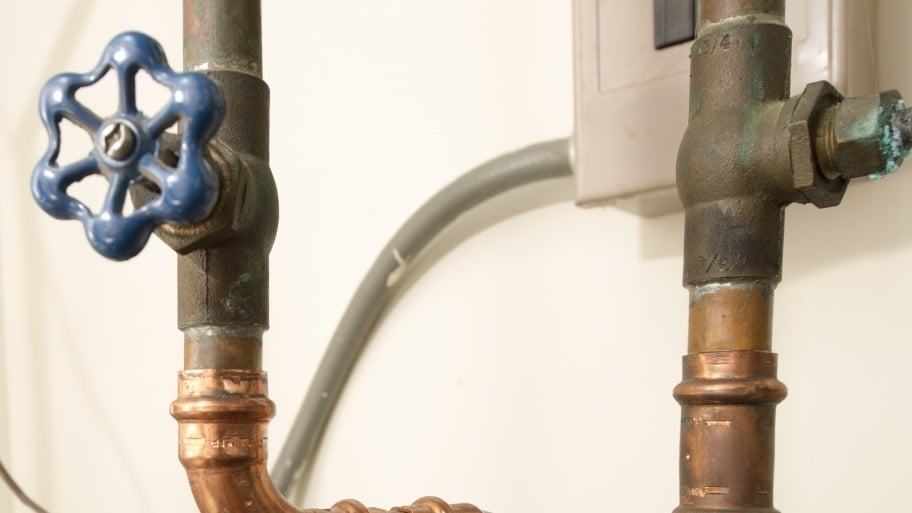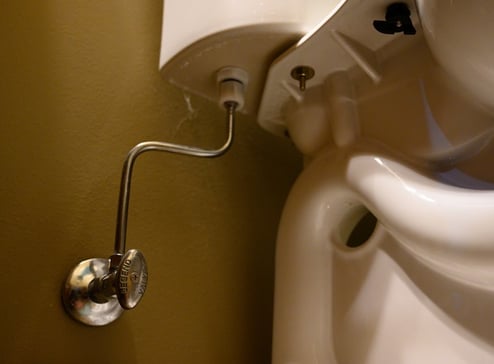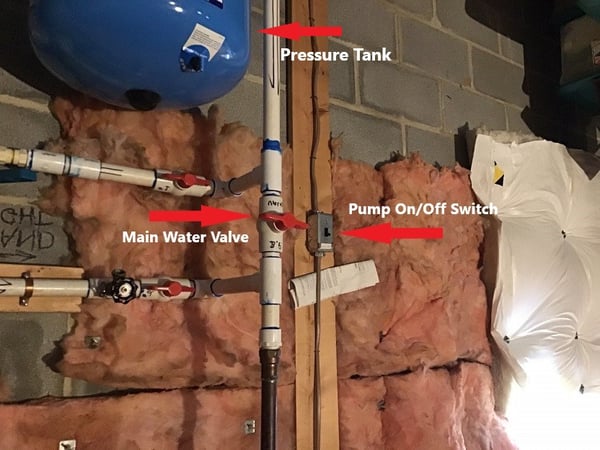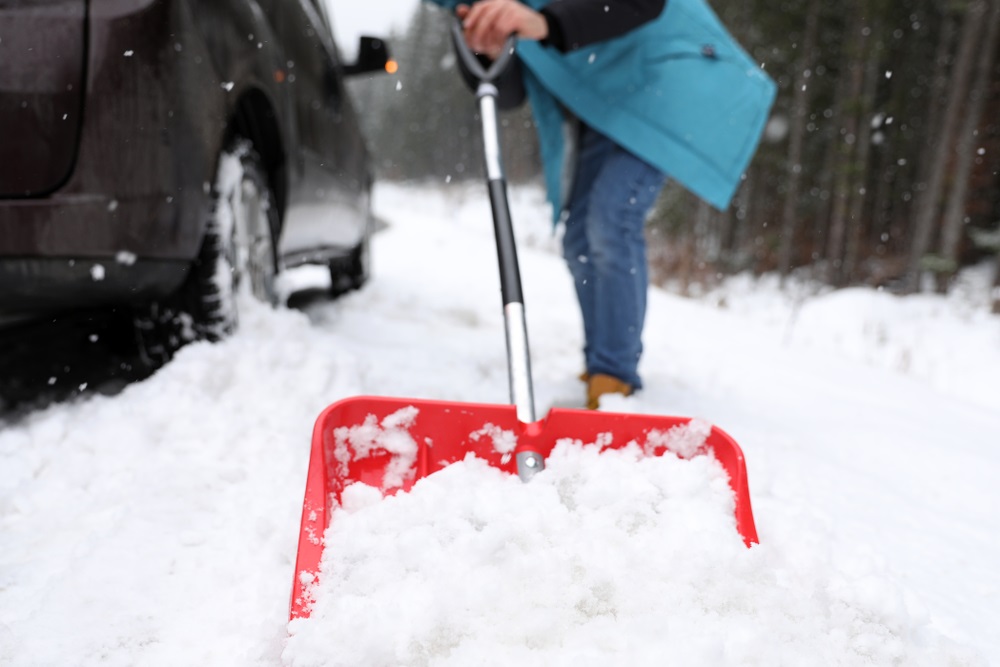
Water, water, everywhere!
If you've got water leaking in your home, you need answers quickly! Turn off your water supply as soon as you notice a leak to avoid major damage, no matter how minor. Stopping the water from the right source depends on the location of the leak.
How to finding a water leak in your home
If the leak is coming from a specific plumbing fixture or appliance and shutting off water to that fixture will stop the leak, that should suffice. It's a good idea to check the catch pan around your A/C unit, especially one located upstairs. We often see clogged condensation lines on interior A/C units causing a leak. But if leaking is significant or you're unable to identify the source, you should shut the main water valve for the entire house. Grab your phone and a flashlight and let's cover the possibilities.
Home shutoff valves for sinks, toilets, and appliances
Every plumbing fixture in your home has a water shutoff valve. If you have water spraying or leaking from a bathroom sink, toilet, or other home water source, you'll need to determine where the closest shutoff valve is and if it will stop the current leak. If the problem is located behind the water source, it should take care of it.
You're looking for chrome or plastic handles attached to a water supply line. Most commonly, there will be a round or oval-shaped valve handle that you turn clockwise to close, and counterclockwise to open. There are also more modern flat round knobs that you pull out to close and push in to open. There are usually visual directions right on the valve.
Hint: Snapping a picture with your phone can help you turn things back on later!


Most sinks and appliances will have two shutoff valves, one for hot (red) and one for cold (blue). Toilets should have only one.
In this photo of washer water inline valves, you turn the valves clockwise until they are parallel to the pipe to close and turn them counterclockwise until the valves are perpendicular to open.
Hint: Remember righty-tighty, lefty-loosey!
Your home's main shut-off valve
How to locate your home's main water shut-off
For the best home protection, you should know where your home's main water shutoff valve is and how to use it. In fact, our home insurance experts recommend everyone in your family should know in case of an emergency water leak. 
The location of a home's main water shutoff valve varies from home to home. The location of a water main shutoff valve is an important thing to find out when buying a new house. When having your home inspection, ask the inspector to help you find and label it. In an emergency, a local plumber can provide helpful guidance, even by phone. If you're stuck, call a professional.
Valve types vary as well. You may have a gate valve (turn clockwise until it turns no more) or a ball valve ( turn the handle 1/4 turn until it is perpendicular to the pipe).
City water/ basement/ garage access
Homes with basements typically have the main water shutoff valve located in the basement close to the front foundation wall. It will be three to five feet from where the water main comes into your home. It also may be located near your water heater, furnace, or in a crawlspace if you have one. There also may be a secondary shutoff in a more accessible area.
Other access points
Homes on slabs may include the main water shutoff valve in a garage or closet by your water heater or near the kitchen sink, but anything is possible.
Artesian wells and private pumps
Inside Your Home
If you have an artesian well, you very likely could have access inside your home in a basement, garage, closet, or near your water heater and water softening system. You should see a pressure tank with a pressure gauge that connects to the water supply coming into the house.
There is an electric pump that sends water from the well throughout your house. Look for a switch for the electric pump and turn it off. Next, look for the shutoff valve.

Outside Your Home
If you don't have access to your well's shutoff valve inside your house, it may be located under your house or in the ground close to the well. It may be marked or unmarked and even covered with dirt. This requires a plumber or well-water specialist.
How to drain your water pipes
If you're dealing with a leak, don't be surprised by some water continuing to leak for a bit after you turn the valve off. There is some residual pressure in the line, but it will dissipate and stop. To accelerate the process, open all your COLD water faucets starting from the highest point of your home.
Should I turn off my water heater after turning off the water main?
Once you turn off your main water valve, many people wonder if they need to turn off the power to their hot water heater. There are only a few reasons to do this.
- If the water leak is directly coming from the tank
- You're draining your tank completely for service or maintenance
- Your main water supply loses pressure. (this is uncommon)
Annual water valve maintenance
Test your shutoff valves twice a year to ensure proper operation. When you’re heading out of town, use these valves to shut off water flow so that you can avoid coming home to water damage or a flood.
Finally, consider writing out instructions, so each family member knows where these important shutoff valves are and what action to take if they spot a leak.
Your power is another important thing to know how to turn off in your home! So we created another helpful article on how to turn off your home's power. It's critical in case of electrical emergencies.
THE NORTHERN NECK INSURANCE INTEGRITY PROMISE — We pledge to provide straight talk and good counsel from our NNINS Virginia insurance experts through our blog. While we hope you find this to be a helpful source of information, it does not replace the guidance of a licensed insurance professional, nor does it modify the terms of your Northern Neck Insurance policy in any way. All insurance products are governed by the terms in the applicable insurance policy.





